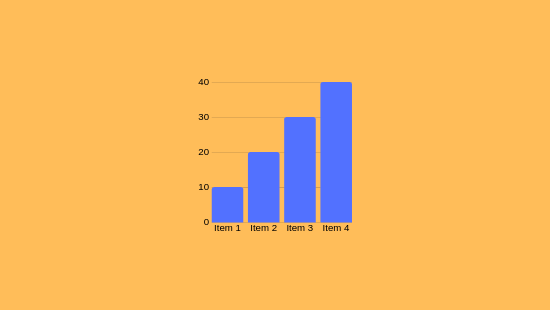Understanding the Functionality of Forex Indicators
Understanding the Functionality of Forex Indicators
Blog Article

As you delve into forex measurements, you'll discover they are computational techniques analyzing price and volume data to forecast market movements. These instruments aid in signaling trends, confirming market cues, and detecting extreme market conditions situations. For instance, the Relative Strength Index (RSI) tracks market force, while Bollinger indicators assess volatility. Enhancing your trade techniques by combining these metrics is essential, especially if aiming to control risks adeptly.
Understanding Forex Indicators
Forex indicators are computational devices integrated in graphs to aid investors in scrutinizing market dynamics and making informed decisions. They provide perspectives into price changes and potential trading opportunities by examining past and present market figures.
Forex tools are categorized into four primary groups: trend indicators (e.g., Moving Averages), momentum indicators (e.g., Relative Strength Index), volatility indicators (e.g., Bollinger Bands), and volume indicators.
These tools can signal reversals, confirm trends, or indicate extreme buying/selling. If you're looking to enhance your methodologies, grasping their roles is fundamental.
Categories of Forex Analytical Instruments
Upon evaluating market trends, investors often deploy a variety of indicators to guide their trading choices.
Forex indicators can be grouped into different classifications, each fulfilling distinct functions.
Trend Indicators like Moving Averages (MA) and Bollinger Bands aid in uncovering movement patterns and potential breakouts.
Momentum Indicators, such as the Moving Average Convergence/Divergence (MACD) and Relative Strength Index (RSI), recognize shifts in price momentum and indicate excessive buying/selling.
Volatility Indicators like the Average True Range (ATR) quantify market variability, helping traders in establishing protective measures.
If used strategically, these indicators can boost trading proficiency.
Key Indicators for Trading Decisions
To effectively make trading decisions, understanding and applying key indicators that evaluate market states is essential.
Price Movements (MA) display average prices over specific periods, revealing trends by evening out variations.
The RSI gauges market force on a 0–100 scale, flagging overbought conditions above 70 and signaling oversold scenarios below 30.
MACD analyzes two EMAs to confirm the trend direction, with histograms displaying positive or negative trajectories.
Bollinger Bands apply standard deviations around a moving average to determine volatility and potential reversals.
Retracement intervals denote support/resistance zones based on prior price movements.
Synthesizing these indicators boosts accuracy by authenticating prompts if congruent, facilitating precise timing for currency pairs.
Employing Indicators in Risk Oversight
As you refine investment methods, effectively applying indicators for risk management is click here crucial. Indicators like Moving Averages and Bollinger Bands notice volatility and identify potential entry/exit points for risk oversight.
These tools permit the setting of stop-loss orders and limit orders, which are key for modulating potential losses.
For example, using trade protections caps losses to a certain limit, such as 2% of your trading portfolio per trade. This disciplined tactic aids in managing forex risks by curtailing exposure to market volatility and leverage, which are significant challenges in currency trading.
Integrating Indicators for Improved Precision
Merging measurement tools is a accomplished tactic for elevating accuracy in forex trading. This approach allows for the use of diverse instruments to examine several facets of market behavior, such as trends, momentum, and variability.
By implementing indicators like Price Averages, RSI, and MACD, you can craft formidable trading strategies. Instance given, combining Moving Averages with RSI and Volume validates trend direction and momentum, while Bollinger Bands with Stochastic discovers volatile scenarios and possible reversals.
If indicators from separate categories align, duplications are minimized, and trade signals are uplifted.
Conclusion
You've understood how forex indicators operate, encompassing their types like trend, momentum, and volatility tools. These elements aid in uncovering pivots and confirming trend continuity. Through combining tools, trading precision is boosted, and risk management is better managed. For instance, using the Relative Strength Index (RSI) to spot overbought conditions and Bollinger Bands to evaluate volatility can improve your decisions. Report this page